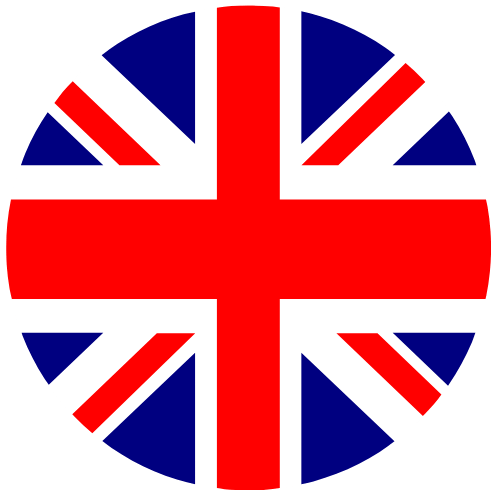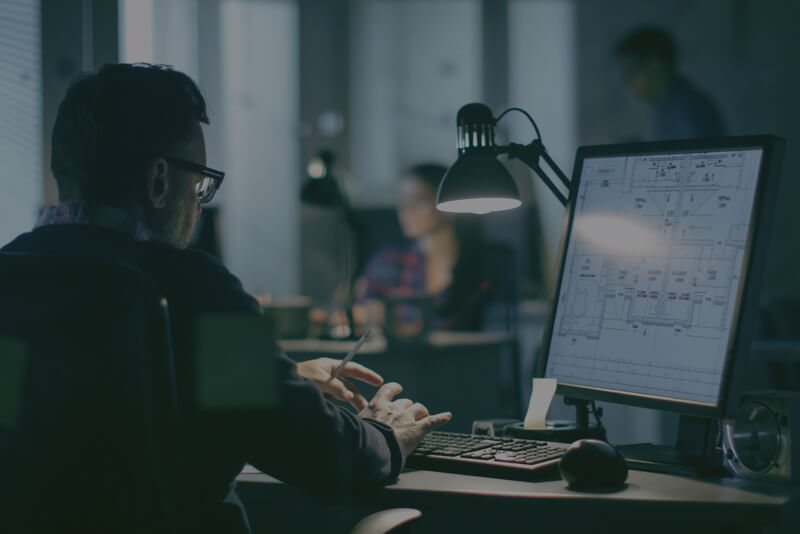In a world facing resource scarcity and an ecological emergency, eco-design is emerging as a true lever for transformation and overall performance. By taking environmental issues into account from the design phase of a product or service, it becomes possible to reconcile ecological responsibility and economic profitability. This provides a strategic response to today’s and tomorrow’s challenges.
But what does this actually involve? What are the benefits for a company? How can it be implemented? In this article, we answer the most frequently asked questions about eco-design.
What is eco-design?
Eco-design consists of integrating environmental considerations from the earliest stages of the design or redesign of a product or service, in order to reduce its impacts throughout its life cycle (raw material extraction, manufacturing, transport, use, end of life).
Eco-design also makes it possible to move from a linear economy to a circular economy, by integrating, for example, material recycling at the design stage, without sacrificing quality, price or performance.
It applies to all sectors: industry, digital, construction, fashion, agri-food, etc.
What are the benefits of eco-design in business?
Adopting eco-design in a company is not only an ethical act: it is a genuine competitive advantage.
Here are the main benefits for companies:
- Cost control in an inflationary context: optimization of raw material, energy, transport and waste consumption.
- Innovation: thinking differently makes it possible to rethink use, form, and materials.
- Market differentiation: an eco-designed product meets the growing expectations of consumers who are increasingly sensitive to environmental issues.
- Regulatory anticipation: meeting current and future environmental requirements (e.g. AGEC law, CSRD…) or stricter tender criteria.
- Improved brand image: a committed company is more credible and attractive, particularly for young talent.
How to implement eco-design in your business?
You don’t need to be a multinational to get started. Eco-design can be approached gradually, depending on each company’s resources and priorities. Even a very small business can take action: a craftsman can choose local materials, reduce and recycle production waste, or offer reusable products.
Here are the main steps of an eco-design approach:
- Identify the company’s specific challenges regarding its products or services.
- Carry out an environmental assessment (e.g. Life Cycle Assessment - LCA) to identify priority issues and the most impactful stages.
- Target the best improvement opportunities: change or reduce raw materials, optimize design, extend product life through repairability, functional changes, transport optimization, reuse/recyclability...
- Prototype, test, adjust and decide, applying a balance between performance, cost, quality and environmental impact.
- Confirm environmental gains while avoiding impact transfers (e.g. reducing CO₂ emissions without increasing water pollution or rare resource consumption).
- Communicate transparently, with verifiable data, avoiding any greenwashing.
Because it can revolutionize a product, eco-design often involves collaboration between several departments: Management, R&D, marketing, production, purchasing, etc.
Does eco-design cost more?
This is a common misconception. Yes, there may be an initial extra cost, particularly in time or investment, to analyze impacts or change materials.
But in the long run, eco-design often leads to cost savings:
- Better control of raw material and energy consumption.
- Logistics optimization (less transport, less storage).
- More robust products, resulting in fewer after-sales issues.
- Increased profitability thanks to added value or market share gains.
- In-depth knowledge of the value chain and openness to the circular economy.
Conclusion: eco-design, a lever for strategic transformation
Far from being a constraint, eco-design is an opportunity for sustainable and innovative transformation for companies. By addressing environmental, economic and social challenges, it becomes a strategic asset in a world in transition.
Want to integrate eco-design into your company’s strategy?
NUMTECH supports you in eco-design At NUMTECH, we help you integrate eco-design at the heart of your products and services, in a pragmatic and effective way, in order to make it a true competitive advantage.
Our services are tailored to your sector, your constraints and your ambitions:
- Strategy development: creation of customized roadmaps to integrate eco-design into your development or redesign processes, or into your ecological transition (ADEME’s “Tremplin for the ecological transition of SMEs” program).
- Life Cycle Assessment (LCA): full evaluation of the environmental impact of your products or services throughout their life cycle, from design or redesign to end-of-life.
- Eco-design diagnosis: identification of levers to reduce impacts while meeting your business objectives.
- Dedicated training: raising awareness and building skills among your internal teams to integrate eco-design on a daily basis.
As part of the FORTIL Group, NUMTECH also offers support in technical assistance or through our design office to help you redesign your products.

 FR
FR fortil
fortil 

